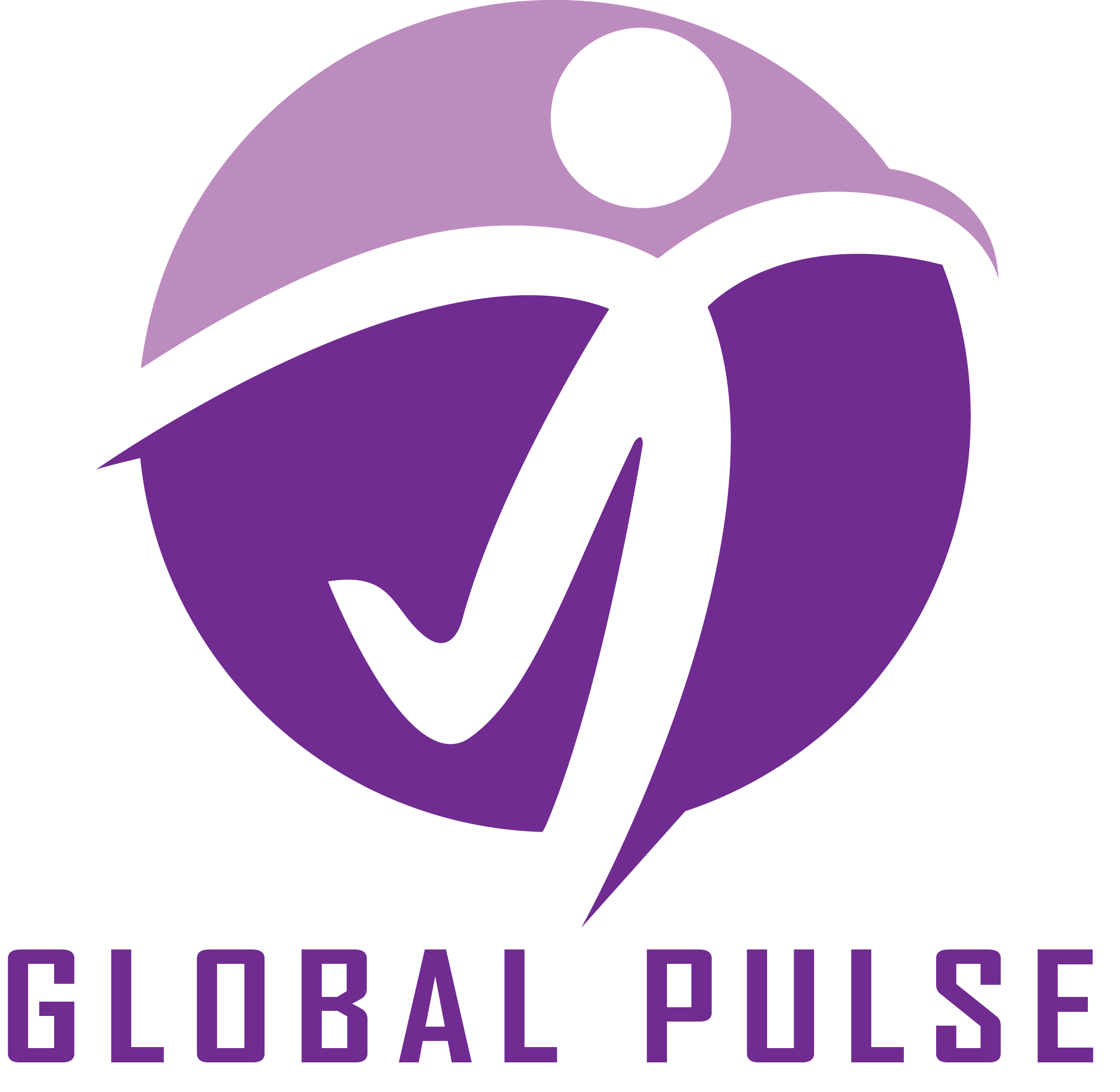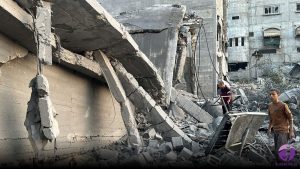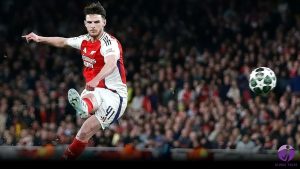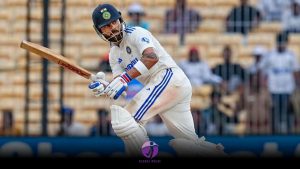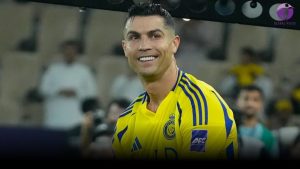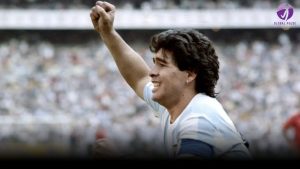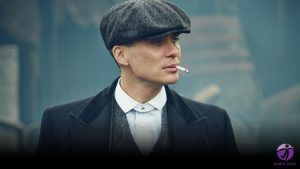For contemporary tennis enthusiasts, the names flow effortlessly, reminiscent of how a Beatles aficionado might rattle off John, Paul, George, and Ringo.
The renowned quartet of the ATP Tour’s post-millennium golden era, often referred to as the Big Four, have been notably absent from the same stage in recent times, particularly following Rafael Nadal’s retirement at the close of the previous year, marking him as the third member of the group to step away from the sport.
On Sunday, Roger Federer, Novak Djokovic, and Andy Murray came together to bid an emotional farewell to the 14-time champion at the French Open.
“After all these years fighting for everything, it’s unbelievable how time changes the perspective of things,” said an emotional Nadal, 37, as he addressed his rivals-turned-friends who joined him on Court Philippe Chatrier.
“The tension, the pressure, the peculiar emotions that arise when facing off against each other as rivals—these experiences transform entirely once you conclude your career.” The intense rivalries we forged were remarkable and characterized by fierce competition for titles. Yet, amidst the battles, there was a strong sense of camaraderie and mutual respect among colleagues.
“Your presence here holds significant importance.” I found immense satisfaction in challenging myself daily to compete with you all.
In an emotional farewell, Federer, who poignantly shared a moment of tears with Nadal during the final match of his illustrious 43-year career, was the recipient of the first heartfelt embrace. This was soon followed by warm hugs exchanged with Djokovic and Murray.
At 38 years old, Djokovic made his way to Paris mere hours after clinching the 100th title of his illustrious career on Saturday. Meanwhile, Briton Murray shared a light-hearted moment, revealing he had anticipated attending the ceremony in his capacity as the Serb’s coach.
The partnership concluded earlier this month, prompting French Open tournament director Amélie Mauresmo to inquire whether the 38-year-old Murray could still compete.
“I was unaware of their presence, yet I had a feeling they might show up,” Nadal stated.
People’s agendas can often be complex and challenging to navigate. It is clear that their presence would significantly enhance the significance of the day for me.
Murray’s journey from London to Paris and back on Sunday underscores his respect and appreciation for Nadal, a friendship that dates to their junior days.
“What he accomplished was remarkable, especially in this context,” Murray remarked to a select group of journalists.
“It is often said in the realm of records, but I truly believe that this particular achievement would leave me genuinely astonished if it were ever surpassed.” It is poised to endure through the ages. “He is an exceptional player, a remarkable individual, and it was wonderful to witness him receive a fitting farewell.”
Nadal subsequently shared a humorous anecdote that provided additional perspective on his friendship with Murray.
Following Arsenal’s victory over Real Madrid in the Champions League, he reached out to me via message.
“I will read it to you: ‘Hey Rafa, I haven’t spoken to you in a while – just checking in to make sure you are OK.'” It took just five seconds for the significance of the text to sink in. I perceived him as a genuinely nice individual—the distinct nature of British humor. I failed to respond to him after PSG’s victory over Arsenal.
Rafael Nadal has played the majority of his 115 matches at the French Open on the iconic Court Philippe Chatrier, where he has secured all 14 of his titles.
Half a year following the conclusion of his professional journey at the Davis Cup Finals in Spain, he made a return for a poignant farewell. Matches featuring Nadal on Chatrier were once characterized by a vibrant display of Spanish red and yellow. On Sunday, the event showcased a color scheme reminiscent of Roland Garro’s terracotta.
As attendees entered the 15,000-seater stadium, they were each given a T-shirt, contributing to a vibrant display that mirrored the hue of the court where Nadal achieved so many of his victories.
As the 50-minute ceremony commenced, the air was filled with the enthusiastic chant of “Rafa! Rafa! Rafa!” from the adoring crowd eagerly anticipating Nadal’s arrival.
As Rafael Nadal, in a suit and boots, made his entrance, the majority of the audience stood in applause, including Carlos Alcaraz, often regarded as Nadal’s successor, and the current women’s champion, Iga Swiatek.
A prolonged round of applause, extending beyond a minute, ensued. Nadal was visibly moved, biting his lip and wiping his mouth as he took in the applause from the crowd.
Following a viewing of a showreel showcasing his legendary moments at Roland Garros, Nadal expressed his gratitude to his family, who occupied the front row of the presidential suite, the tournament, and the French supporters.
As the speech, delivered in Spanish, French, and English, drew to a close, Nadal was visibly overcome with emotion, unable to contain his tears any longer.
In a heartfelt message, he expressed gratitude to a pivotal figure in his life—his uncle Toni. The man who introduced him to tennis at the tender age of three and guided him to secure 16 of his 22 major titles played an instrumental role in his journey.
After the appearances of Federer, Djokovic, and Murray, yet another unexpected twist awaited the audience. Amélie Mauresmo, alongside French Tennis Federation president Gilles Moretton, revealed a silver plaque that showcases Rafael Nadal’s footprint, positioned next to the net post on Court Philippe Chatrier.
It was flawless. The day unfolded with an intensity of emotions that was truly unexpected. “It was an unforgettable experience filled with a range of emotions,” Nadal stated.
Despite my general aversion to such situations, I feel reserved and uncomfortable with being in the spotlight. However, I found it to be quite enjoyable.
